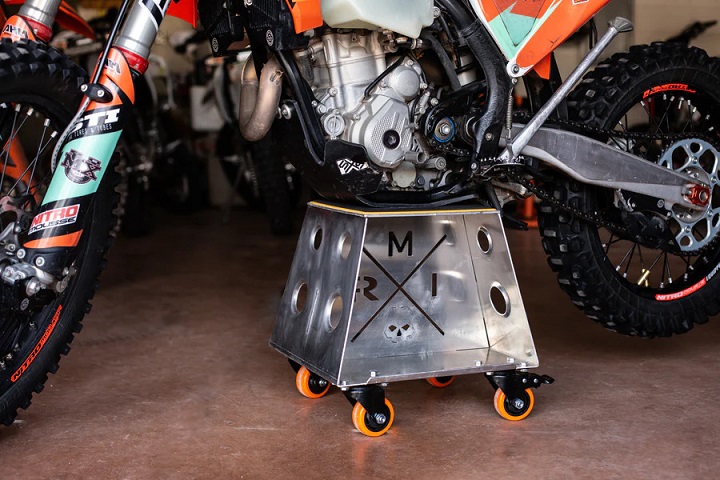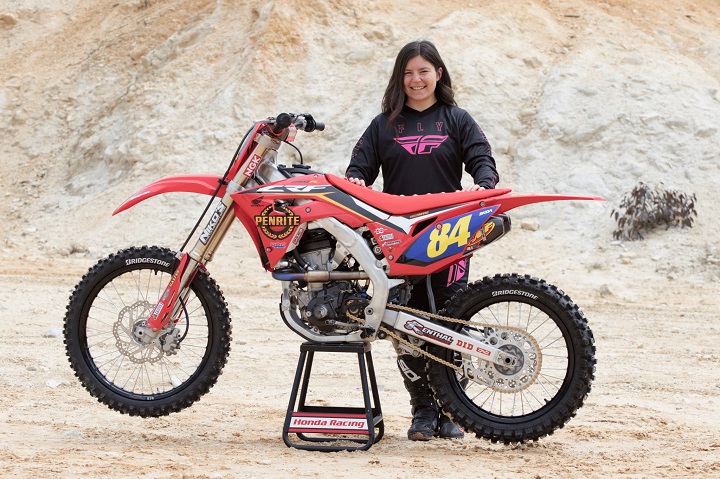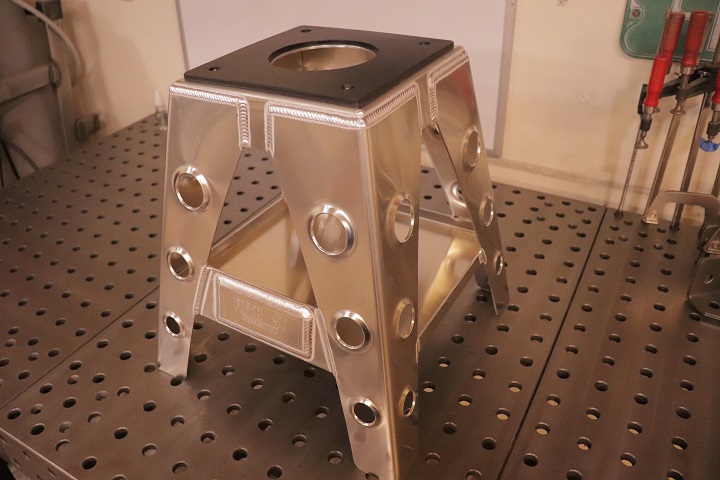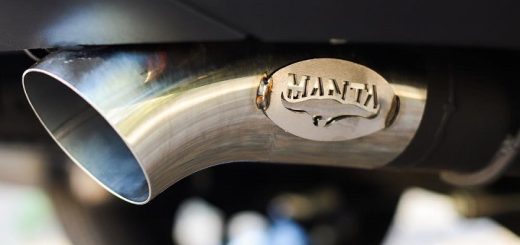Everything You Need to Know About Dirt Bike Stands
Despite the stark differences between road and dirt bikes, both types need a sturdy stand when carrying out routine repairs, changing out tyres or storing the bike when not in use. This is done in different ways, with front and rear stands lifting the wheels or front fork in road bikes, while stands with dirt machines lifting the bike from the frame.
Why Have a Dirt Bike Stand?

Centre or kickstands in dirt machines are missing for obvious reasons. Weight is one, the other is safety. The few added kilos hurt performance and can get you caught out in jumps or any obstacles. With that said, dirt bikes are meant to be abused to their fullest, so repairs, cleaning and keeping all components in good shape will have you reaching for a proper stand more often.
Cleaning Your Bike
Track days can be especially hard on the machine, with mud and dirt making it almost unrecognisable. The same goes for the short trail rides with mates. Lifting the bike off the ground with the right dirt bike stands, gives you access to all parts, making cleaning the wheels, chain, undercarriage and hard-to-reach plastics that much easier. The stand keeps the bike stable even when pressure washed, so you’ll also be saving time.
Repairs and Maintenance
Motocross machines need more maintenance, and a stand helps in a few ways. With the wheels off the ground, you can easily change motorbike tyres, tighten spokes, and any loose nuts and bolts. The stand also lets you change the oil, with centre cutouts letting the oil drip in the pan once you pull the drain plug. Other repairs, like changing the oil and air filters, checking the condition of the forks and chain or replacing worn pads and brake discs are also much easier.
Storage
The absence of a kickstand doesn’t help when storing the bike in the garage or having it lying around when you’re not riding. A dirt bike stand not only supports the weight of the bike and keeps it balanced but also prevents tyre issues, and relieves weight weighing down on the forks and rear shocks. These may be stripped-down performance machines, but they still have a lot of weight to them.
Choosing the Right Stand

There are several options when it comes to dirt bike stands. They differ in their design and how they’re used, as well as the materials they’re made of. Different price points will also have you choosing one over the other. What’s common in all of them though is that they can easily handle the 100+ kilos in a typical dirt machine, and have enough heft to keep the bike off the ground and balanced. They’ll also last.
Stand Types and Designs
Riders can choose from triangle, fixed, lift and hydraulic stands. Triangle stands are the simplest and often the cheapest, and double as a portable kickstand. They’re wedged against the rear wheel axle and lean the bike at an angle.
Fixed or standard motocross stands resemble smaller stools, and lift both wheels off the ground, with the stand supporting the frame. The name implies they’ll get the bike off the ground to a defined height, and this works well in most cases but not all. Ideally, both wheels will be at equal height, but with differences in weight distribution, either the front or rear wheel can sag.
Lift stands came about to address this issue. They’re height adjustable, so work with different bike models and categories. Adjusting the height can be done using a lever or foot pedal, and is much easier and quicker than a regular fixed stand. Even easier is the ride-on lift stand. It works by riding or rolling the bike over the stand, and a front lip clamps the front wheel and pushes the stand upwards. All you have to do to keep the bike off the ground is step on a foot lever to lock the stand in place.
Hydraulic and electric stands are a type of scissor lift. They take out the elbow grease needed to get the bike up in the air, but with more parts and complexity can get big and heavy, so are preferred by mechanics when having the bike up for hours in longer repairs. They’re also more costly.
Materials and Useful Extras

In terms of materials, most stands consist of aluminium, carbon steel or plastic. They’re rated to take the weight of most machines, are reinforced in multiple points for more strength, and the materials are treated or painted to prevent corrosion from mud and water.
A few extras make stands easier to use and provide more convenience. Look for stands that have rubber inserts in the top plates to prevent damage to the frame. Some are also included with front rubber strips to keep the bike tipping forward. Others have magnetic strips to keep all your needed parts and tools at arm’s reach.
Summing Up
To keep your dirt bike clean, and in top condition, there’s no better accessory than a proper stand. This helps in doing any repairs, for short and long-term storage and washing off dirt and grime. There are dozens of designs and brands to choose from (some with inlays for team colours), and all do a good job of balancing the bike while it’s a few inches off the ground. Choose a stand that suits your height as a rider and one that has the features you need.







